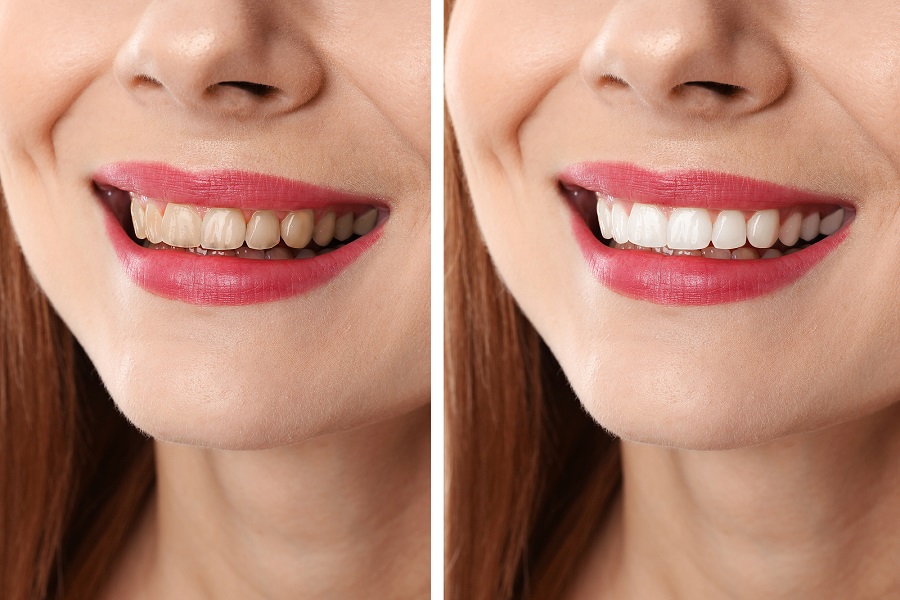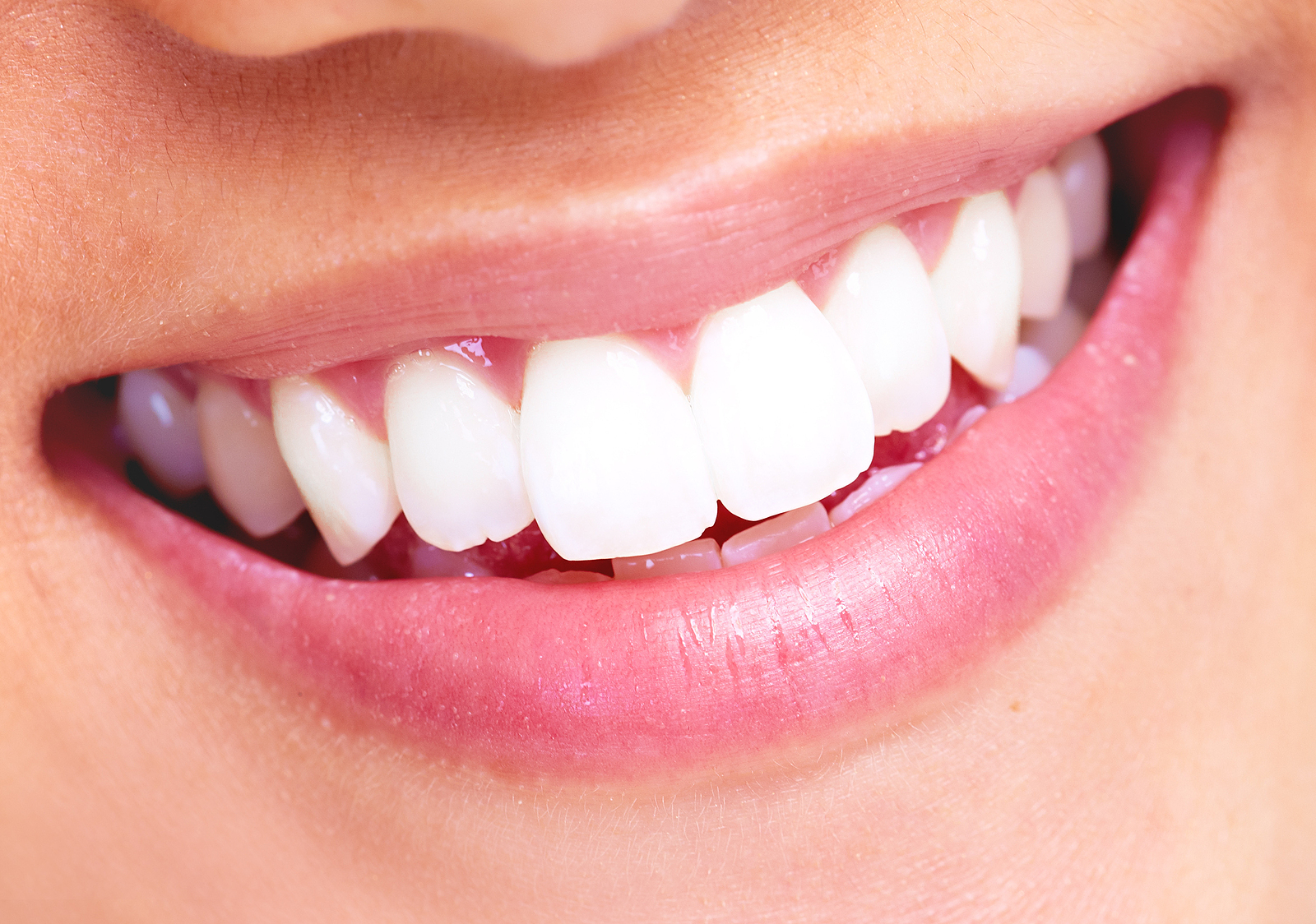THE TRUTH ABOUT SEDATION DENTISTRY
WE’VE ALL BEEN THERE.
That moment when the throbbing or sharp pain we feel in our mouth makes us realize we have to go see our dentist – but we really don’t want to because we are afraid. Many dental patients are afraid to go to the dentist for a variety of reasons, from irrational fear to memories of painful previous experiences. As it turns out, fear of going to the dentist when a problem first presents itself often only makes the problem worse, which is why dental sedation can be the answer for many people’s dental anxiety. The process of dental sedation consists of a patient being given a medication that allows him or her to be extremely relaxed and feel little to no pain during their dental procedure. Dental sedation is also often used to help patients get through longer, or more painful procedures, like a root canal, dental implants, or many other dental procedures.
DENTISTS OFFER DENTAL SEDATION TO PATIENTS FOR A NUMBER OF REASONS, SOME OF WHICH INCLUDE:
- The patient is about to go through a normally very painful or invasive procedure
- The patient has extreme dental anxiety or phobia to tools, needles, or anything related to the procedure
- The patient doesn’t want to be aware of what’s happening if it is a long procedure
- The patient just wants to get it done as fast as possible
THE TYPES OF SEDATION OUT THERE ARE USUALLY THE FOLLOWING FOUR:
- IV sedation
- “laughing gas”
- oral sedation in a pill
- general anesthesia
EACH METHOD OF DENTAL SEDATION WILL HAVE A DIFFERENT AFFECT ON THE PATIENT, DEPENDING ON THE TYPE OF ANESTHESIA:
- IV sedation:Intravenous sedation will make the patient fall into a light sleep. The patient will be drowsy when he or she wakes up. IV sedation is used as a pain killer.
- “Laughing gas”: As the name implies, the patient will be giggly, happier, more relaxed. Laughing gas is used as a pain killer.
- Oral sedation in a pill: When using an oral sedation pill, the patient will have no recollection of the dental procedure that was just completed. This is also used as a pain killer.
- General anesthesia:General anesthesia is used to put the patient into a deep sleep during a painful or long procedure. General anesthesia is a painkiller. Since it is the most invasive method of sedation, this method is recommended only after the other sedation methods have been considered.
THE BENEFITS OF DENTAL SEDATION INCLUDE:
- Most dental sedation methods carry minimal or no health risks during a dental procedure. The exception being general anesthesia, which is why it is not recommended unless carefully guided.
- Minimal or no pain during the dentist appointment and dental procedure.
- If local anesthesia is not a strong enough pain killer for the patient during the procedure, there is another options:
- Laughing gas and IV sedation can be combined, if the patient does not get a pain relief effect from just one of the two
- If the patient has mental health problems, phobias, or an extreme anxiety disorder, dental sedation can keep the patient from panicking and having a painful experience during their procedure






















0 comments